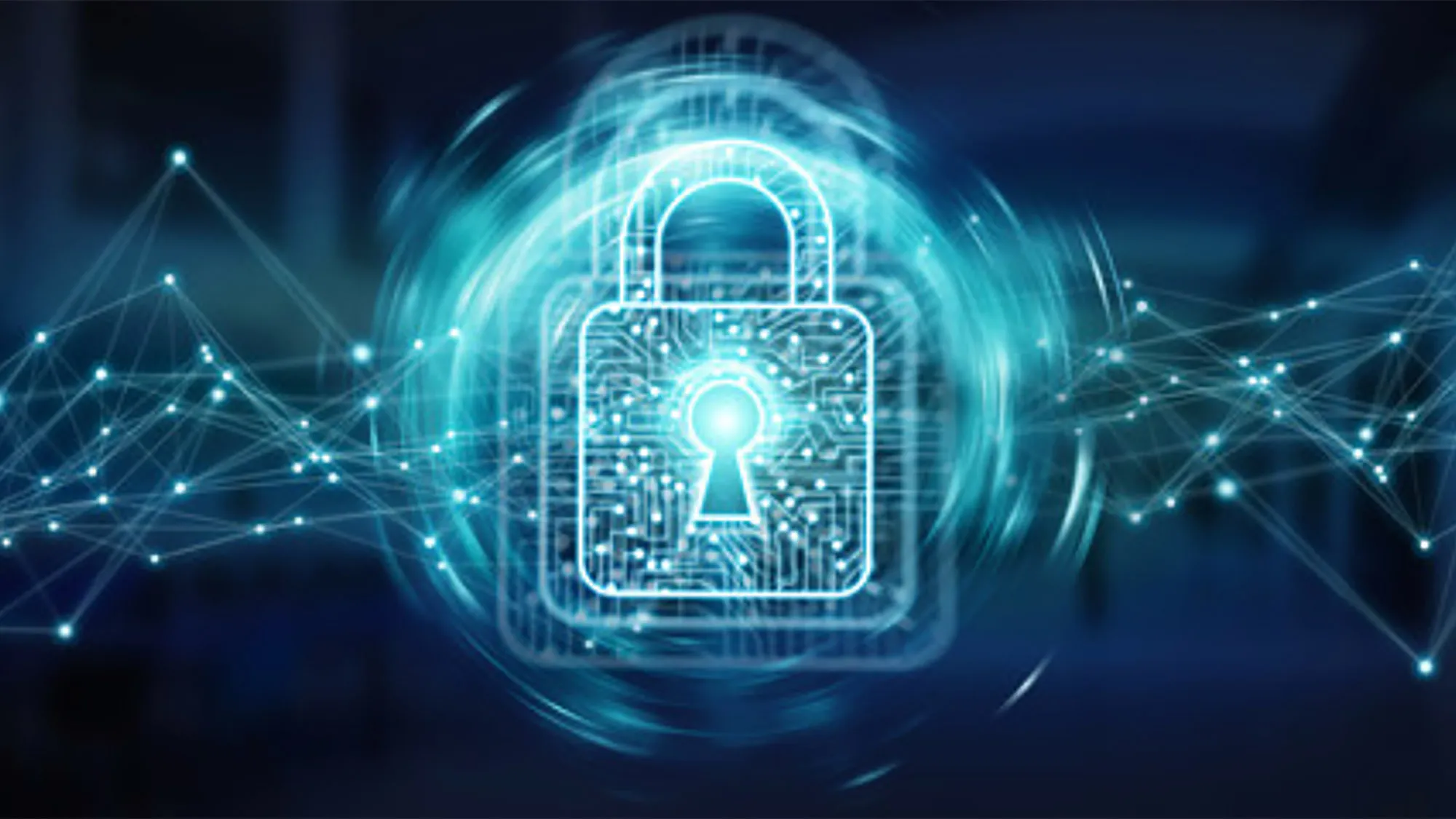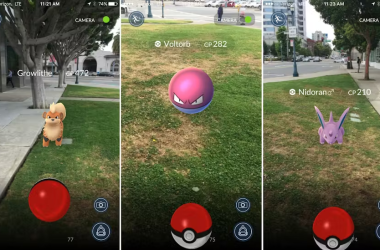When it comes to online communication, ensuring the privacy of our messages is crucial. This is where SSL encryption comes into play. SSL, or Secure Sockets Layer, is a standard security technology that establishes an encrypted link between a server and a client, typically a web server (website) and a browser or a mail server and a mail client. This technology ensures that all data transmitted between parties remains private and integral. In simple terms, SSL encryption keeps our sensitive information from prying eyes when we browse the web, shop online, or send messages.
SSL encryption is a cryptographic protocol that uses two keys to secure data – public and private keys. The public key is available to anyone and is used to encrypt data, while the private key is kept secret and is used to decrypt the data. When a client, such as a web browser, attempts to connect to a server secured with SSL, the server presents its public key. Once the server receives the encrypted data, it uses its private key to decrypt and read it.
SSL certificates, which are used to authenticate the identity of a website or server, are also an essential component of SSL encryption. Trusted third-party certificate authorities issue these certificates and contain information about the certificate owner and the issuing authority. When a client connects to a server, the server’s identity can be verified by checking the SSL certificate.
SSL encryption in practice
How to write notes online? SSL encryption is widely used across the web and is essential to secure messaging platforms and email services. Here are a few examples of how SSL encryption is implemented in practice:
Secure messaging platforms
End-to-end encryption has become a standard feature offered by secure messaging platforms. This technology ensures that only the sender and recipient read the messages; even the service provider cannot access the unencrypted data. For example, when you send a message using a secure messaging app, the message is encrypted on your device before being sent over the internet. The recipient’s device then decrypts the message, ensuring privacy and security throughout transmission.
Web browsers
When you visit a HTTPS website (Hyper Text Transfer Protocol Secure), your web browser establishes an SSL-encrypted connection with the server. This is indicated by the padlock icon in your browser’s address bar, signifying that the connection is secure and your data is protected. Any information you submit through forms or enter on the website is encrypted before transmission, ensuring privacy and security. This is especially important when shopping online or accessing sensitive information through web applications.
Email services
Email services also utilize SSL encryption to protect the privacy of your messages. When you access your email through a web client or an email application, the connection between your device and the mail server is typically secured with SSL. This ensures that your emails, including the message body and any attachments, are encrypted during transmission. It also prevents unauthorized access to your email account by verifying the identity of the mail server.











